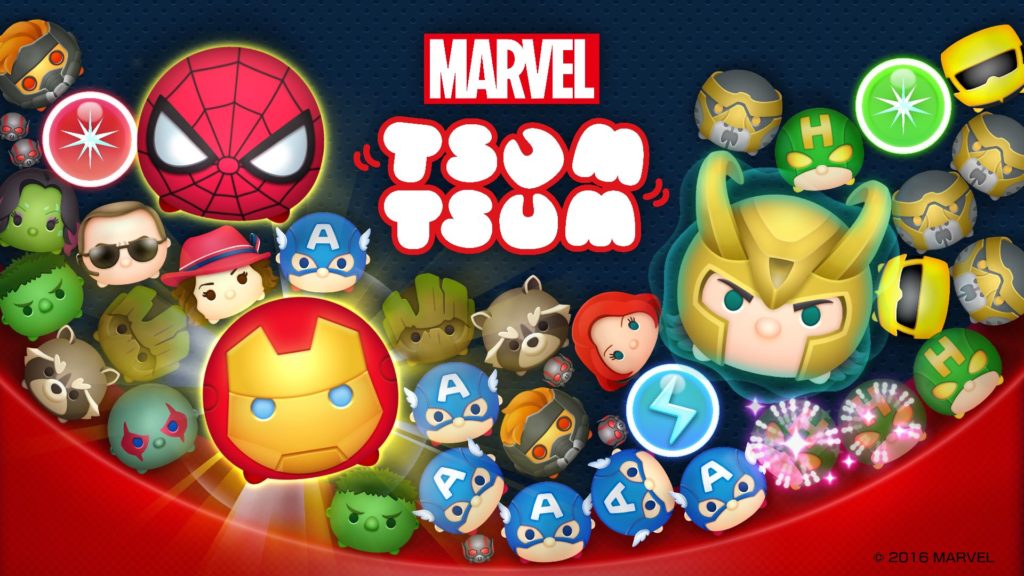Atari has been around since the dawn of video games, and it remains one of the most enduring brands in the industry. Classic arcade games from the ’70s and ’80s such as Asteroids, Centipede and Missile Command are still loved by many for their nostalgic value, as evidenced by the successful launch of Atari Vault for PC last March, which includes 100 of the company’s most iconic titles. In the same vein, Atari announced in June that it was partnering with AtGames to bring its retro games to modern consoles this holiday season with Atari Flashback Classics Volumes 1 and 2.
Although the company is best known for its retro titles, Atari has been steadily expanding toward other industries, including consumer electronics. Last year, the company launched a mobile app called Atari Fit, which “gamified” exercise routines and encourage people to go outdoors—months before Pokémon GO released. In a seemingly unlikely pairing, Atari announced in May that it was partnering with SIGFOX to develop a line of branded Internet of Things (IoT) connected devices that will focus on home, pets, lifestyle and safety.
Other partnerships include one with hip-hop artist RZA to produce an album that celebrates the legacy of the company by featuring the sounds and music from Atari’s classic games collection. Not long after, Atari announced a partnership with the audio company ROAM to develop a set of branded high-quality earphones and mobile audio products.
Atari CEO, Fred Chesnais is one of the executive producers for the RZA album, and as part of the partnership deal, Atari has become a shareholder in ROAM. Chesnais talks to [a]listdaily about growing the Atari brand from its video game roots to consumer electronics.

How would you describe the Atari brand?
Atari is an iconic and globally recognized brand that transcends generations and audiences. The brand is broader than video games and targets many segments of the interactive entertainment industry. As an interactive entertainment production company, Atari continues to own and manage a portfolio of more than 200 games and franchises, including world renowned brands like Asteroids, Centipede, Missile Command, Pong, and RollerCoaster Tycoon.
Last year, Atari launched the Atari Fit app. With the tremendous success of games such as Pokémon GO in getting players out and active, does Atari still intend to grow in the fitness area?
We believe fitness is an important part of being healthy and that was one of the driving forces behind the development of the Atari Fit app. We are working on other concepts and game ideas that will also encourage active play. More details will be shared later this year.
In May, Atari announced a partnership with SIGFOX to develop branded Internet of Things devices. What led to this partnership, and how does the Atari brand relate to IoT devices?
I have known Ludovic Le Moan, SIGFOX CEO for quite some time and we saw an opportunity to work together and develop Atari-branded connected devices using SIGFOX’s global IoT network. We believe we can bring our brand, our expertise in developing applications and managing communities to develop very interesting products. By partnering with SIGFOX, we are going to use the Atari brand and develop a product line that will include categories such as home, pets, lifestyle and safety.
What led Atari to expand its brand beyond gaming and toward consumer electronics technology?
As an interactive production company, Atari has been developing products beyond gaming for a long time. Consumer technology naturally lends itself to gaming and we see that connection as a market opportunity to develop products such as connected devices using a trusted and recognized brand.
Any word on what Atari IoT devices are coming and how soon we might see them?
Our product line will include categories such as home, pets, lifestyle and safety. We are currently in development stage and you can expect to see the initial product offering hit the market in 2017.
How did the partnership with hip-hop artist RZA come together?
We worked with RZA before on the video game, Getting Up: Contents Under Pressure. During that time, we developed a good relationship and discussed partnering again for the right project. We are thrilled to be working with RZA again, and this time to create new music based on and inspired by the sounds and music in Atari’s vast collection of games.
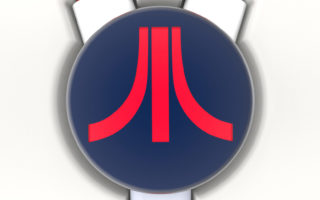 Atari also recently announced a partnership with ROAM to develop branded earphones. Given the partnership with RZA, how would you describe Atari’s relationship with the music and audio technology industries?
Atari also recently announced a partnership with ROAM to develop branded earphones. Given the partnership with RZA, how would you describe Atari’s relationship with the music and audio technology industries?
Music, audio technology and video games have been co-existing together for a long time. Gamers wear headsets when playing their favorite games. We want to be a part of that entire experience and that is why our new line of gaming headphones and earphones will serve as a platform to bring ROAM’s personalized audio to listeners and gamers alike.
What would you say is the biggest reason Atari has remained such an enduring and recognizable brand?
Because it means entertainment and innovation, things everyone likes, combined with an amazing logo.
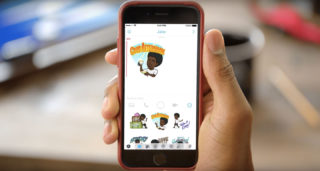 The disappearing photo-sharing app has expanded into a number of advertising firsts for the platform, including its first
The disappearing photo-sharing app has expanded into a number of advertising firsts for the platform, including its first 
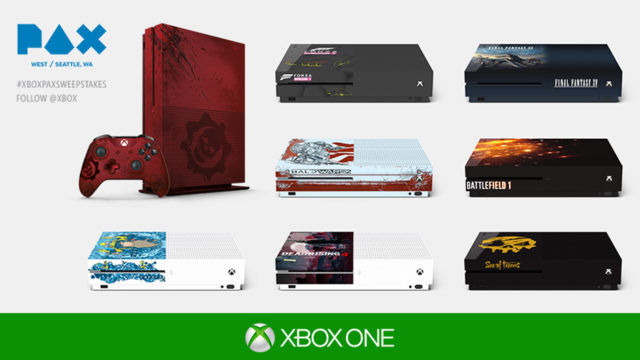
 Dechelotte’s background is in traditional sports, having worked as a Western European sponsorship manager for Coke across sports like tennis and cycling. He explains: “There are a lot of similarities between traditional sports and eSports: from a competition point-of-view, from the stage, to the coaches, players, fans, the broadcast booth, the training, the pressure and the competitive ecosystem.”
Dechelotte’s background is in traditional sports, having worked as a Western European sponsorship manager for Coke across sports like tennis and cycling. He explains: “There are a lot of similarities between traditional sports and eSports: from a competition point-of-view, from the stage, to the coaches, players, fans, the broadcast booth, the training, the pressure and the competitive ecosystem.”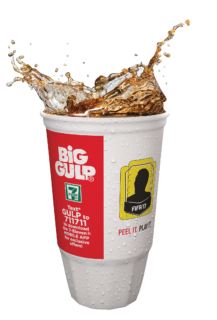 Next week, Coke is partnering with EA to celebrate the upcoming launch of FIFA 17 through a collectible Slurpee cup activation at 7-Eleven stores across the US. There will be a FIFA 17 contest featuring over 10,000 prizes. Dechelotte said there will be five layers of prizes that include codes that can be redeemed for in-game items like special jerseys; points that can be used for FIFA Ultimate Team; copies of the game; or a trip to Vancouver to meet the EA development team behind the game.
Next week, Coke is partnering with EA to celebrate the upcoming launch of FIFA 17 through a collectible Slurpee cup activation at 7-Eleven stores across the US. There will be a FIFA 17 contest featuring over 10,000 prizes. Dechelotte said there will be five layers of prizes that include codes that can be redeemed for in-game items like special jerseys; points that can be used for FIFA Ultimate Team; copies of the game; or a trip to Vancouver to meet the EA development team behind the game.